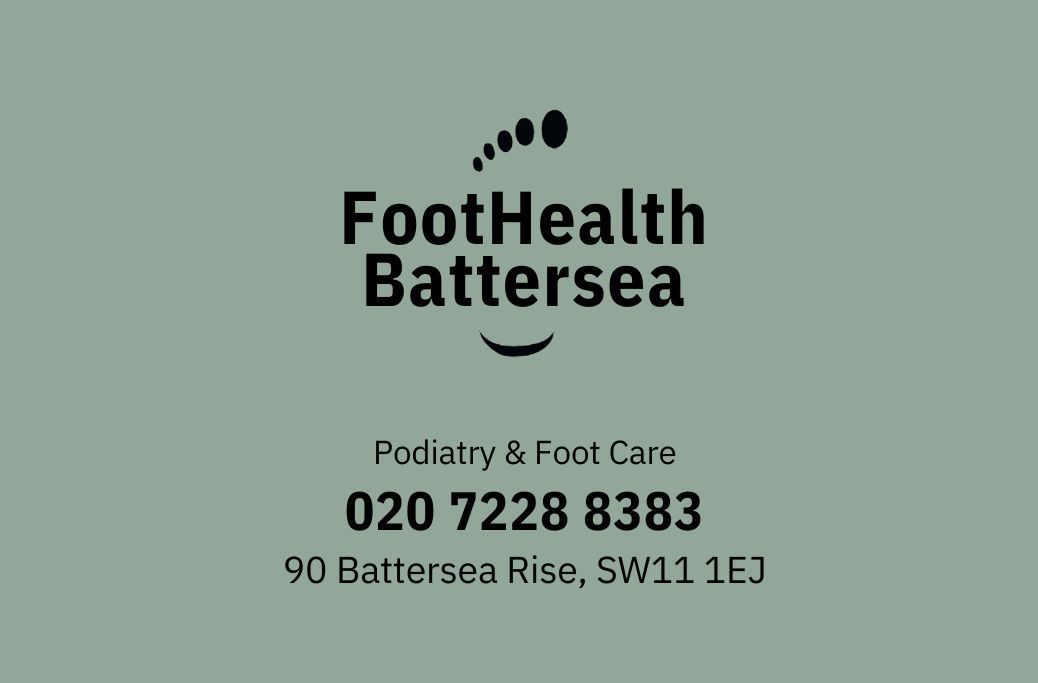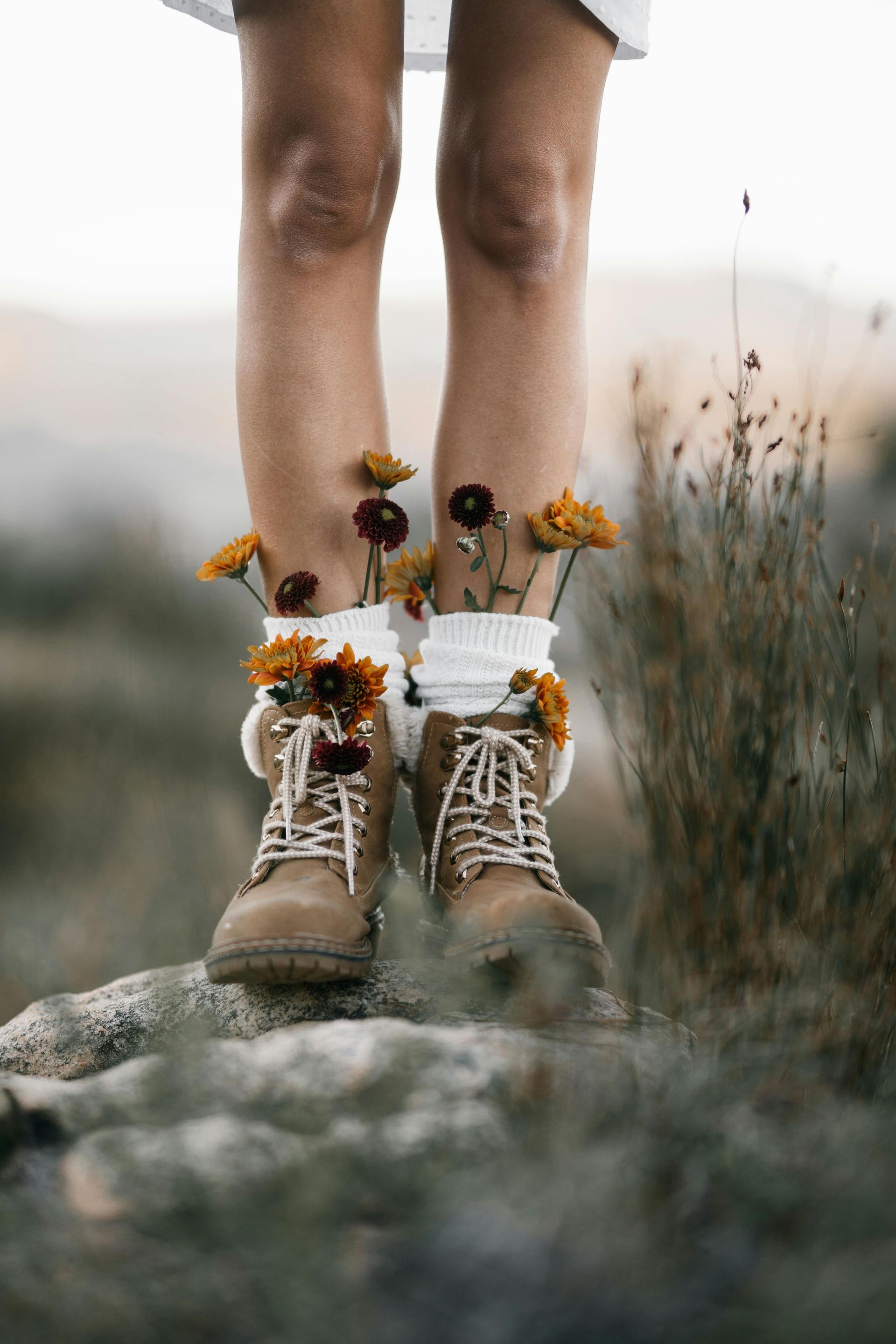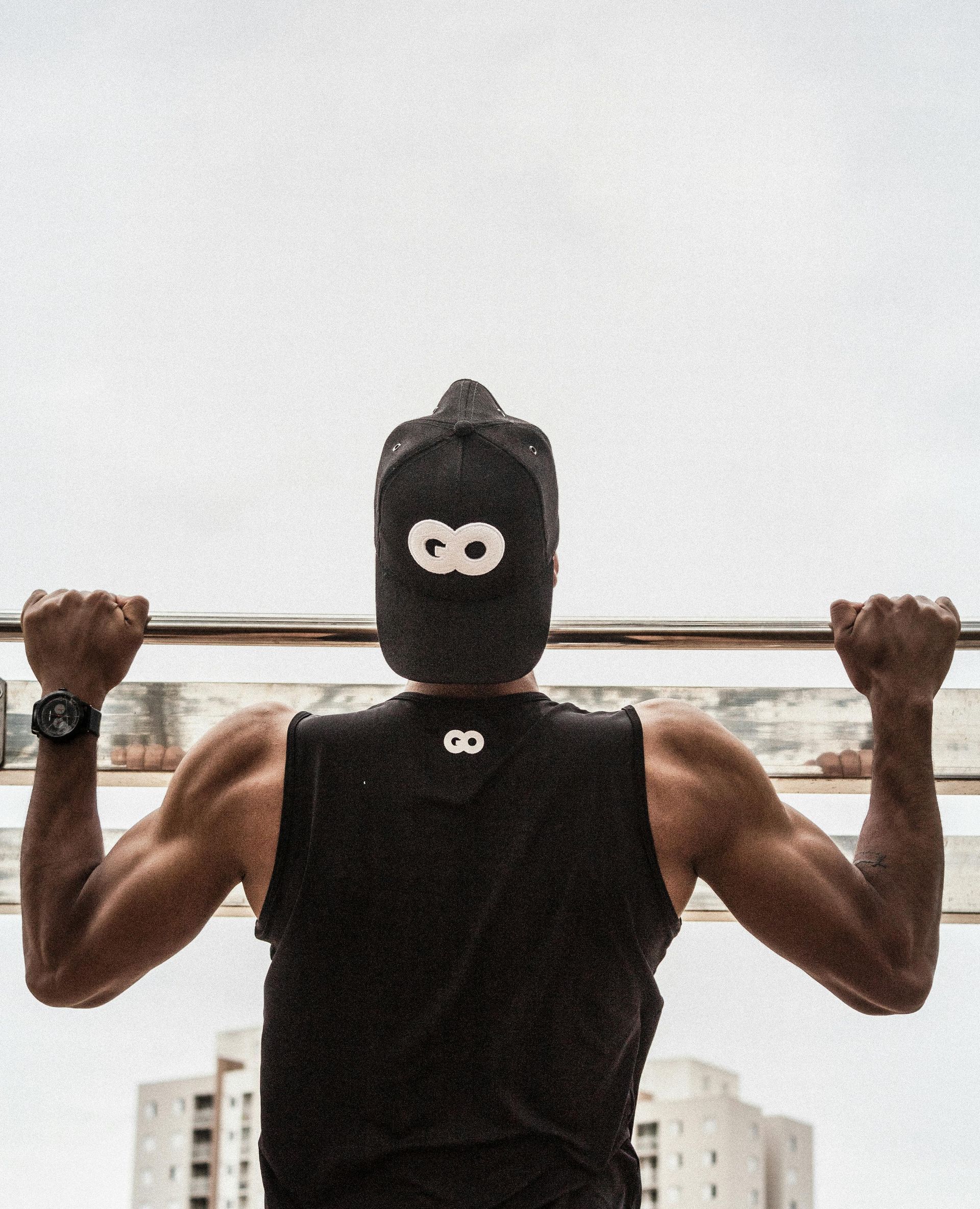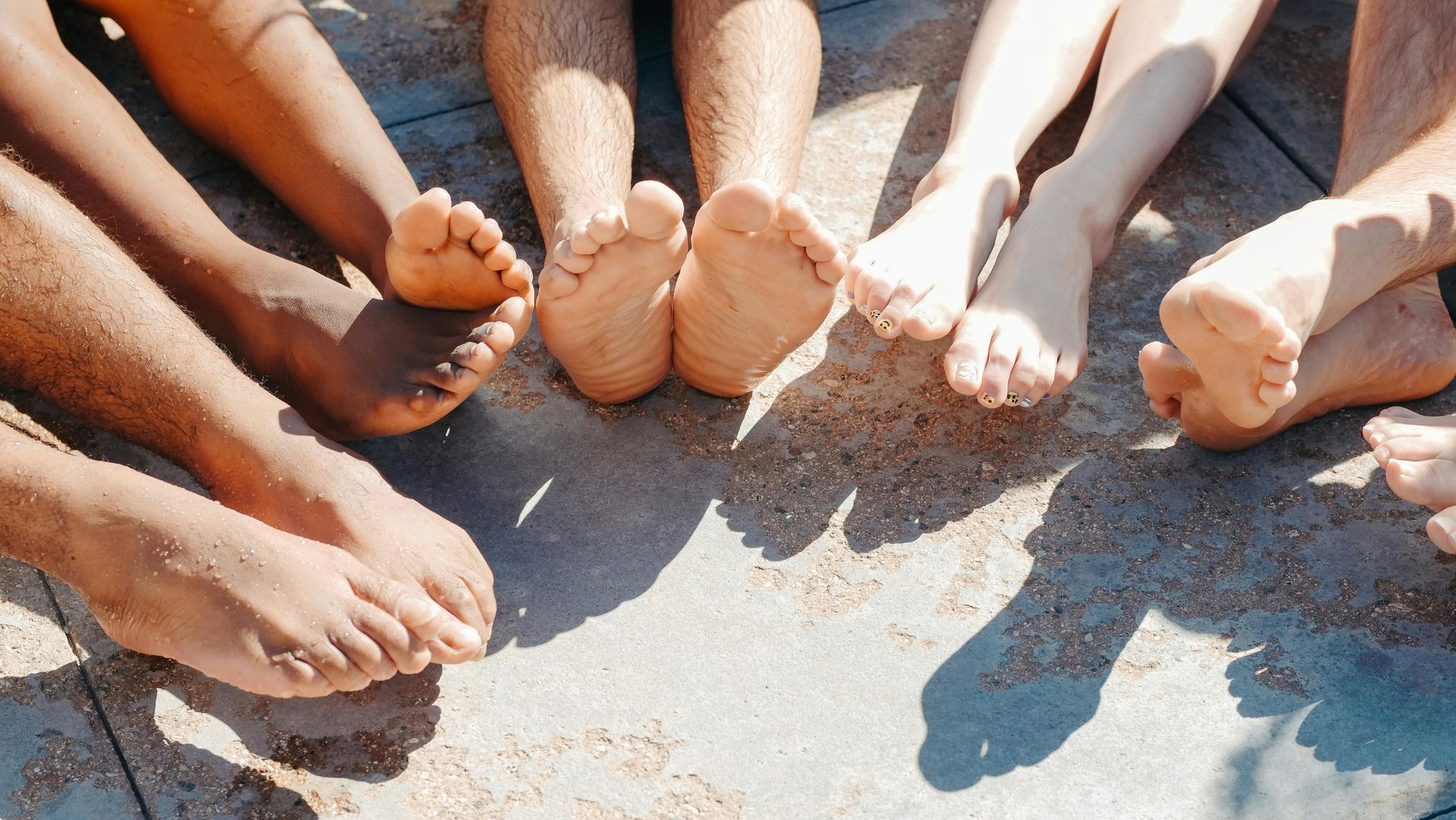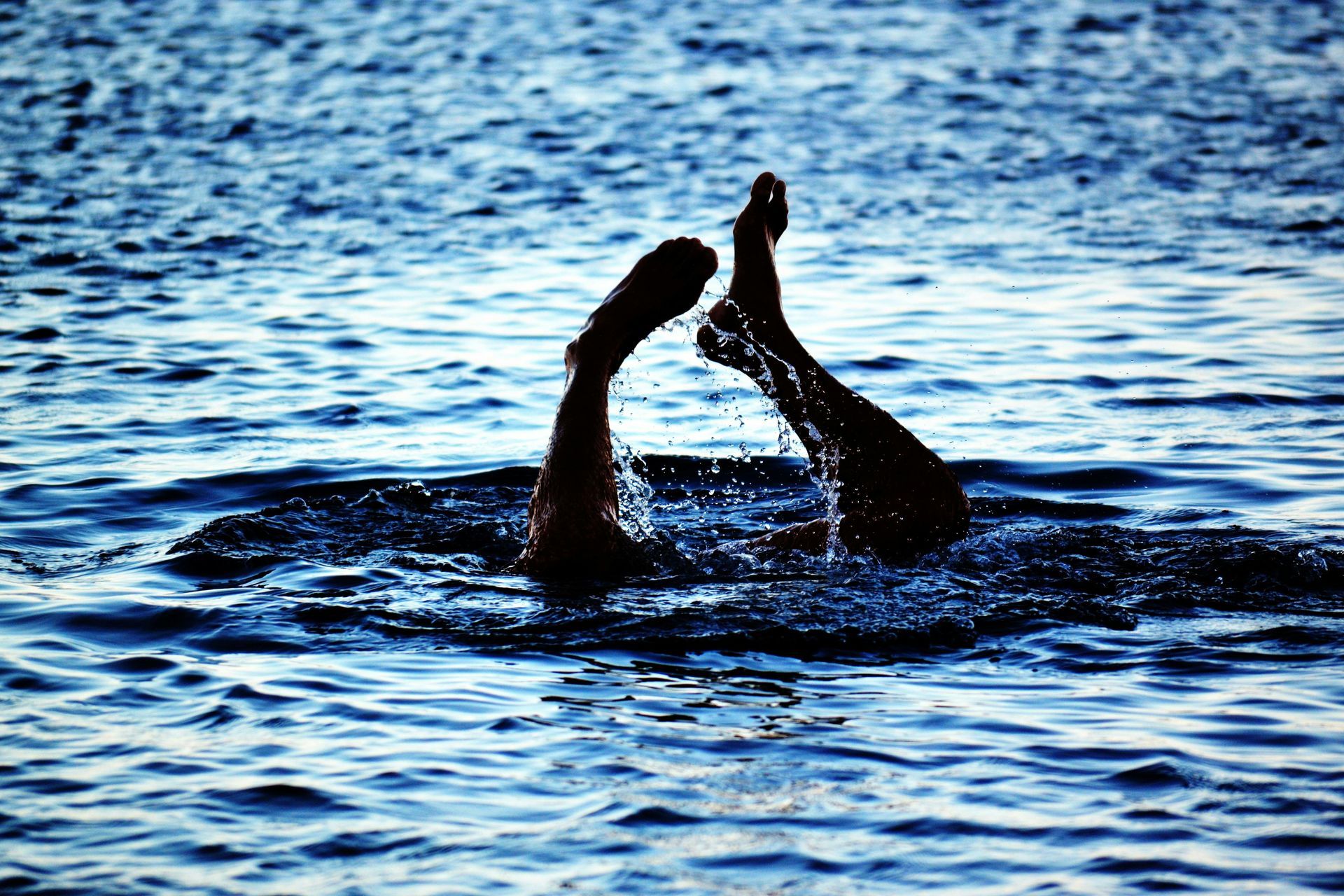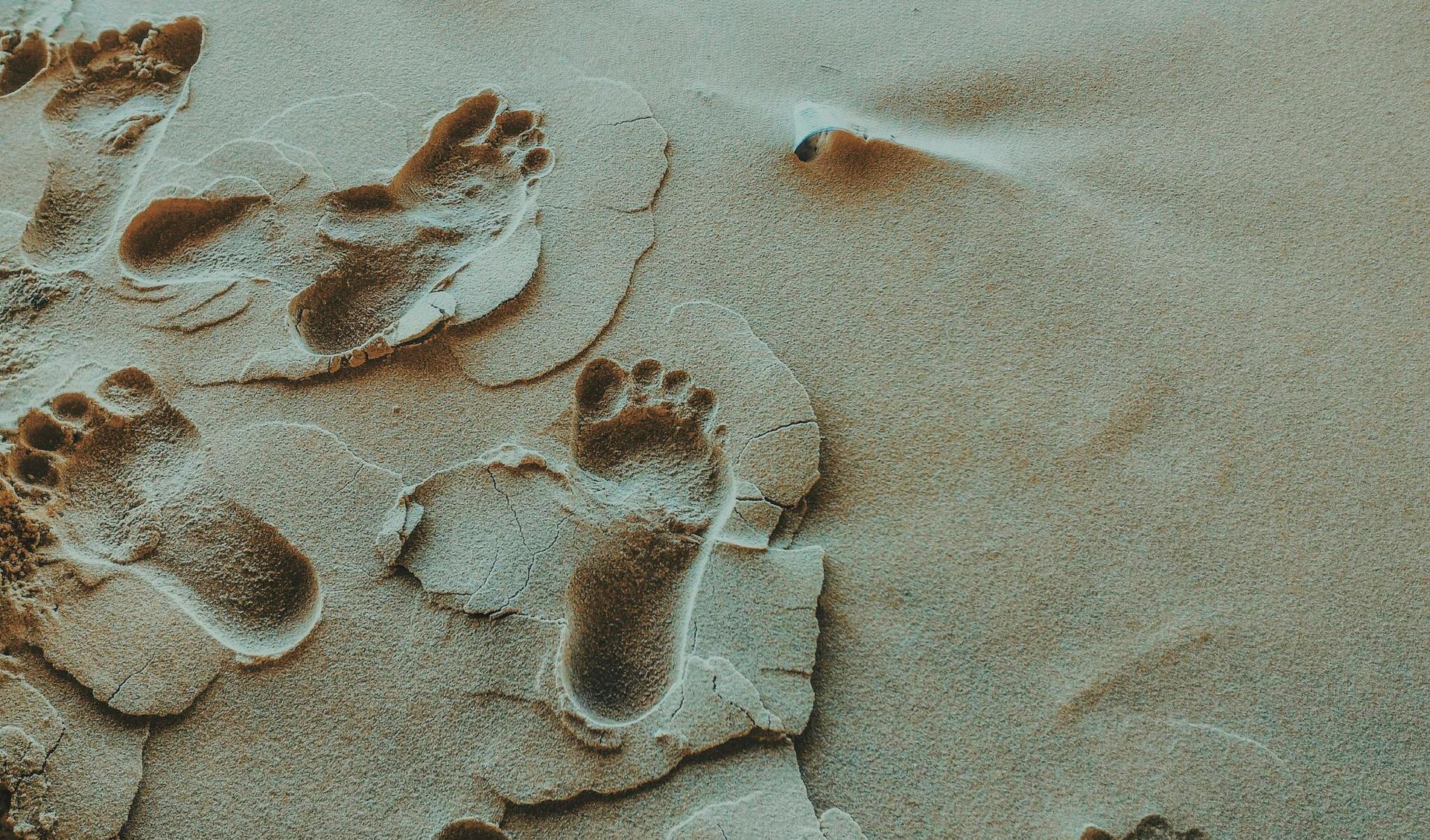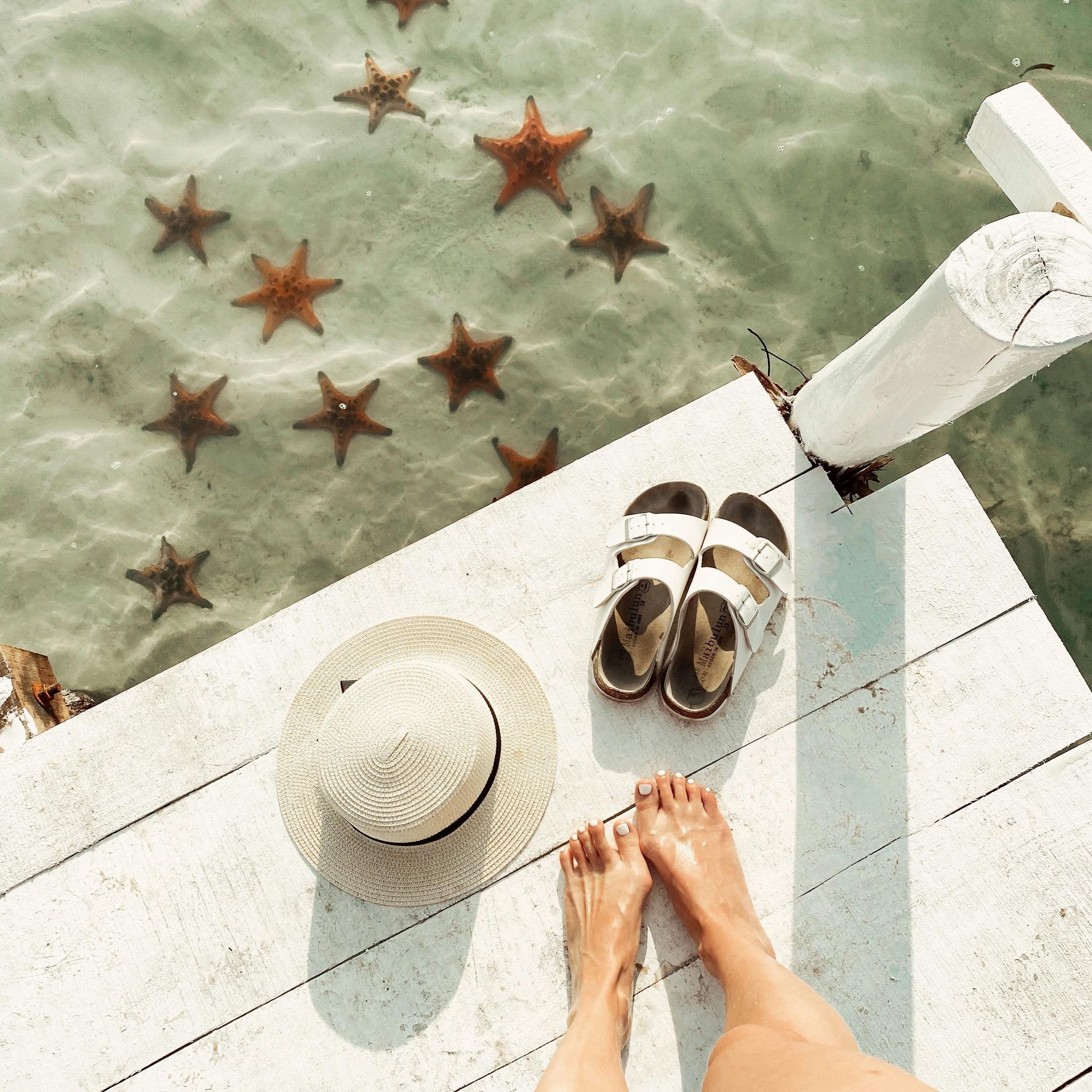Blisters - What a Pain!
Val Reeves • 26 November 2020
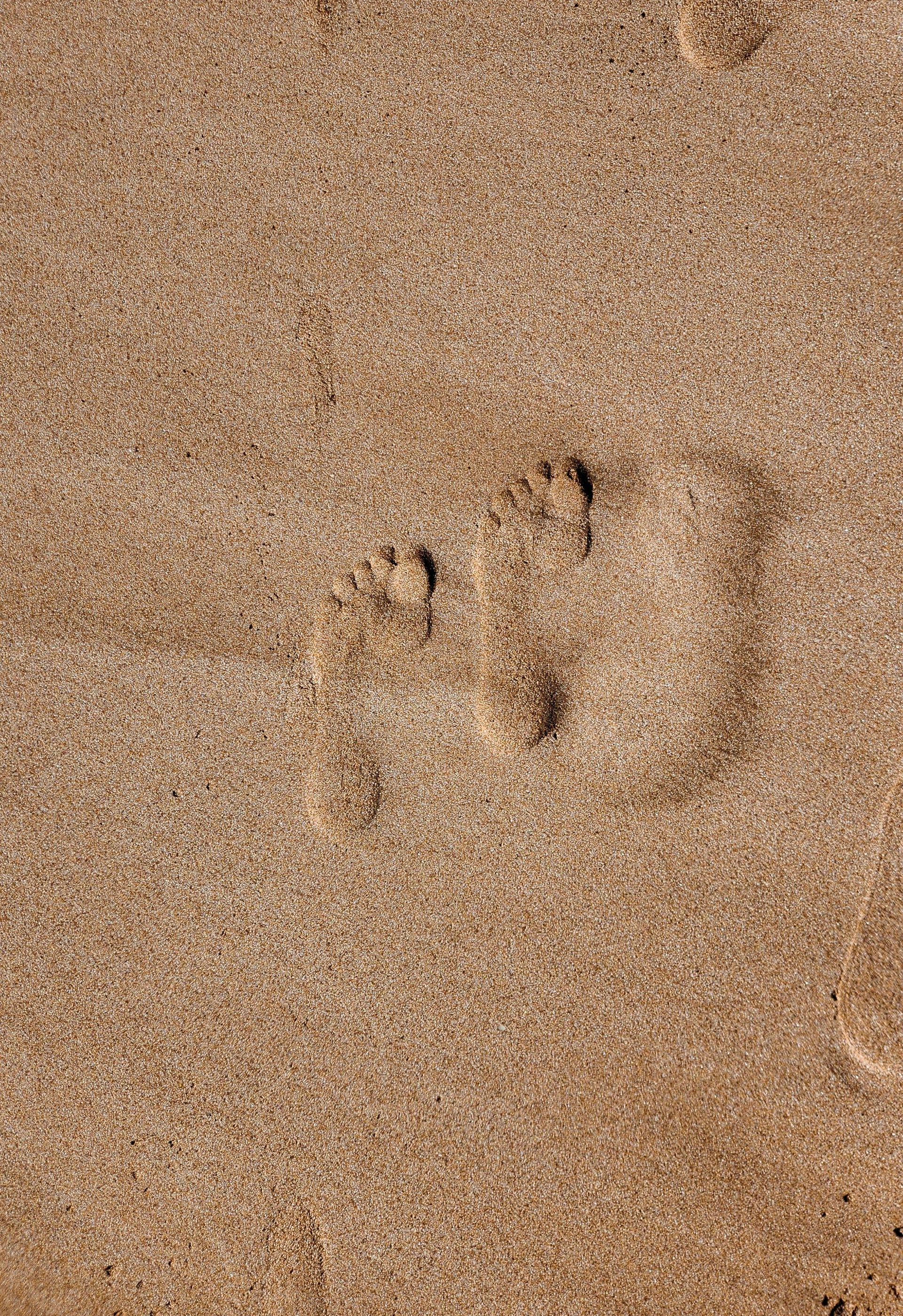
This week we’re having a look at the wonderful benefits of a much overlooked form of exercise - walking!
However, to ensure that we really can reap the benefits, it’s important to make sure that our feet are properly prepared, and often this means tackling the pain that is Blisters.
In 2019, our Clinical Director Amanda Perry-Harding was approached to advise a group of women on blister prevention and treatment in advance of their charity walk in Cyprus - obviously this does mean that aspects of the article refer to the heats that we can only dream of here in Blighty, however, the theory remains the same. The below is taken from the advice sheet that accompanied the expert talk that Amanda provided.
Footcare advice for distance walking
I will be concentrating mainly on blisters, their prevention and treatment as this will include and cover virtually all problems encountered when walking/hiking long distances, particularly in higher temperatures.
What Causes A Blister:
A blister can be caused primarily by the following:
Pressure - From socks or boots
Heat/friction - Shearing forces cause the upper layer of the skin (the epidermis) to separate from the deeper layers (the dermis). Serous fluid from the damaged tissues enters the space to protect the lower structures. If there is blood seepage from damaged capillaries this will show up in the fluid.
Moisture - Skin that has sweated will be softer than dry skin and and therefore more susceptible to external damage.
How Can A Blister Be Prevented:
Footwear:
When embarking on any significant walk, you should ensure that the boots that you wear should be the same footwear that you have worn for your training walks. Never buy new walking boots immediately before your major walk. Take note of any potential rub areas and ensure you have dealt with these before you set out (see below). Shoes/boots must always be very securely tied as any movement inside the shoe will cause friction &/or pressure.
Walking shoes/boots may be water resistant in case of sudden downpours but this could act as a seal preventing loss of moisture from within. Ideally they will be made of a lightweight, ‘breathable’ material such as the netted uppers frequently used now. I will not recommend specific brands or makes as it is important that each walker uses the correct fit and style for their feet and needs.
Shock absorption in the sole of the footwear is extremely important to help reduce shock travelling through the feet to the ankles, knees, hips and spine. This is particularly important when road walking and when coming down hills and mountains. Footwear should be fitted to ensure there is at least a thumbs width between the tip of the longest toe and the end of the shoe when standing. As long as the shoe is properly laced(*) and there is no movement of the foot within the shoe there will be no problems with fiction. This will also help to prevent nail damage particularly when descending hills. The toe box must be both wide enough and deep enough to accommodate your toes when you are weight bearing. The toes should all be able to sit flat inside the shoe and have room to wiggle individually.
(*) There are several different methods of lacing boots to help with problems. Eg Surgeons knot: prevents heel slipping, Window lacing: alleviates pressure points on the top of the foot. Please be aware that these methods will help reduce a problem but cannot be used in place of a correctly fitted shoe or boot.
Socks:
Ensure the socks fit correctly. They should not wrinkle but neither should they be too small. The material they are made of is extremely important. Cotton retains moisture so is completely unsuitable. Synthetics, merino wool or bamboo will wick the moisture away from the skin. However, if the sock and shoe becomes water logged, eg from a sudden downpour or due to not replacing frequently enough, the absorptive capacity of the sock will be exceeded and will then stop moving moisture away.
Ensure you have the correct cut of sock for your boot, do you want your sock to cover up to the ankle, mid calf or knee length? Comfort and environmental issues such as temperatures will need to be considered here. Many hiking socks have cushioned areas which will help reduce pressure. Like with the boots, the socks should be worn for the training walks beforehand so you can ensure they are suitable for the foot and the job. It is likely that you will have different requirements to your fellow walkers so it is important that every walker establishes for themselves their ideal boot and sock.
Thin liner socks:
These are to be work between foot and sock. The liner sock acts as a protective layer and will reduce friction.
You can achieve the same result with double layer socks eg 1,000 mile socks. There are many different walking socks, use your training periods to establish which is best for you.
Socks should be changed regularly. If your sock &/or liner sock is damp, change it immediately.
Keeping the feet dry:
For those people who find their feet sweat profusely, establishing a regime to help reduce the perspiration is recommended. Maceration is where the tissues become soggy and is common in athletes and distance walkers. A very nasty side effect of maceration is trench foot. If the walking is to be mainly in a dry environment, and assuming that measures are taken to ensure perspiration is wicked away from the feet, this should not be a problem but if the feet and shoes become very wet, they should both be changed as quickly as possible to prevent this very nasty condition.
If you look on the internet, there are many different claims to help reduce perspiration, cure sweaty feet etc. Even the sports and trekking sites all argue about the best method.
Some people find that regular roll on anti perspirants work, others recommend gels, powders, creams etc. In reality, there is no single product that suits all. Despite doing much research, including posing the question on the UK Podiatrists forums, no one has a magic formula to prevent this problem on everyone. Many people swear by the rub on sticks but I have also heard from some who feel they do nothing! Another popular option is to smother the feet in skin glide or body glide which are anti friction products and whilst not actually preventing perspiration and not designed specifically for the feet, may help to reduce the friction whilst walking.
There are products designed to create a thin occlusive layer over the skin (eg TBCo - tincture of compound benzoin) but this will again, whilst preventing moisture getting into the tissues, also trap perspiration inside the skin. For many, simply ensuring you change your socks as soon as they become damp will be sufficient.
If you have an ongoing problem with continuously sweaty feet, there are treatments that can be prescribed but you would need to see your Podiatrist in a consultation so that they can ensure they are suitable for you individually and are compatible with your general health.
Do not be tempted to tip water or squeeze a sponge over your head to cool yourself down unless you have a way to prevent the water running down your legs and into your shoes!
Toughening soft skin:
My recommendation, if this is a problem to you, is to start to apply surgical spirit to the feet a few times a week until about 2-3 weeks before the walk at which point increase to daily. This will help make your feet more like leather!
If you find the skin is actually hardening too much, you will also need to apply some foot moisturiser to prevent the increased risk of the skin cracking. This is most likely to be seen at the back of the heels and must be dealt with to prevent deep fissures developing.
Regular training walks will also help develop some protection to the feet but if you are developing heavy corns or callus these must be reduced or removed before the walk is scheduled. Ideally, if this is your problem, have your feet professionally tidied up before the training walks and again if they have redeveloped, 2-3 weeks before the walk. That way they will not be sensitive at the time of the walk and any potential problems can be dealt with in good time. In the past, I have had many marathon runners arrive a couple of days before the marathon and were disappointed when I said it was too close to the event for me to help them as much as we would both like.
Reducing the risk of blistering:
As seen above, keeping the feet as dry as possible is a major step towards reducing the risk of blistering.
Deal with blister “hot spots” immediately covering and protecting with suitable padding.
Taping is a method used by many, it is particularly useful if you have bony prominences or areas prone to blistering. Generally K Tape is the recommended tape but there are other versions that can be applied.
Of absolute importance is the necessity to stop and dress a hot spot immediately you are aware of it. Some people like to use compeed blister dressings whilst others find it peels off too quickly. Leucoplast sleek is also used as second skin plasters by some. Opsite FlexiFix is available on a roll and can be cut to size and applied as required. If a blister or rub has formed or is in the process of forming, offloading the area with a piece of moleskin or chiropody felt cut with an aperture to go around the sore part will help (think polo mint design).
If you do develop a blister, ideally, do not pop it and try to leave the roof of the blister in place as it will act as a protective layer against bacteria and dust.
How to deal with a blister:
If, despite padding and offloading the area, you are still in pain, a sterilised needle can be used to pierce the roof of the blister near to the base area. I prefer to also make a second hole near to the top. A piece of sterile gauze can then be used to press on the blister to cause the fluid to be released. Be careful, sometimes the fluid can shoot under extreme pressure and hit you in the face!!! Once the fluid has been released, apply an antiseptic ointment, ideally, an ointment recommended for nappy rash such as sudacrem or biokadin which is also drying and will act as a barrier cream should be used. You may need to repeat this process the following day if the piercings reseal.
Only in an absolute emergency should the roof of the blister be removed.
Nails:
Your nails should be kept short and any thickening reduced professionally before the walk. Do not ever attempt to cut down the sides of the nails yourself. Treat your toenails the same way you would a finger nail, a slight curve following the shape of the end of the toe, no sharp corners which could press into adjacent toes. Do not try to cut the nails too short. The preference is to avoid using anything metal on your nails yourself, instead, use a soft file. Ideally, if you have any problems, have your toenails looked at professionally so that anything that’s causing trouble can be dealt with, then get into the habit of filing the dry nails (before a bath or shower!) both over the nail plate and around the edge every week with a soft flexible file. This will ensure they do not grow up too long or too thick. For more information on nail care, why not see our adult nail care blog here:
After each days walk:
As soon as you have completed your days walking, remove your shoes and socks, wash the feet in tepid water, dry them thoroughly including gently drying between the toes, attend to any rubs or sores and spend the remainder of the day allowing your feet to dry out by wearing sandals. Ensure you allow your shoes to dry out overnight particularly if you have only one pair. Keep the shoe/boot top as open as possible to allow the air to get into it to thoroughly dry it.
Try to spend some time every day, post walk, with your legs and feet elevated.
